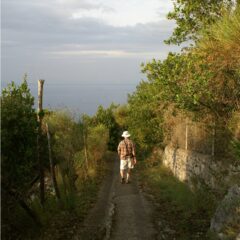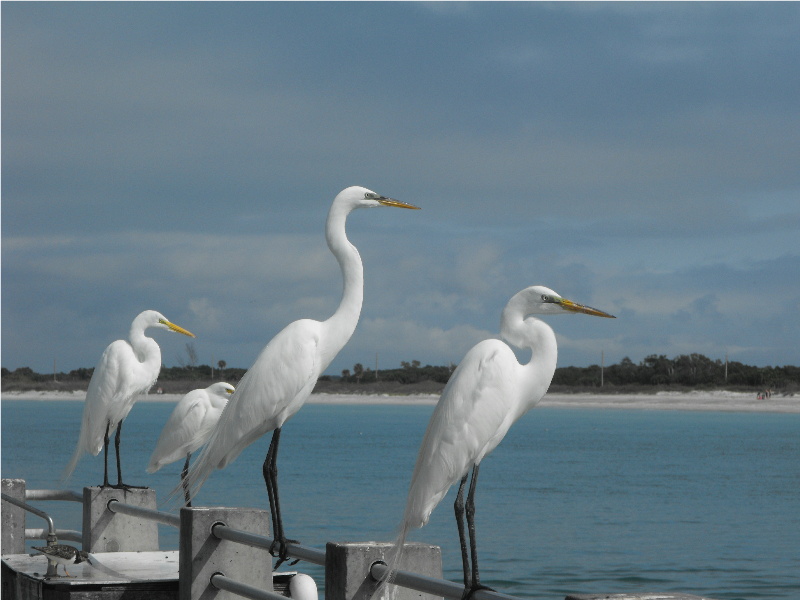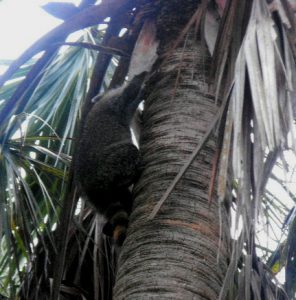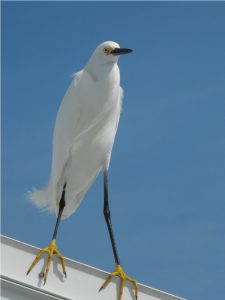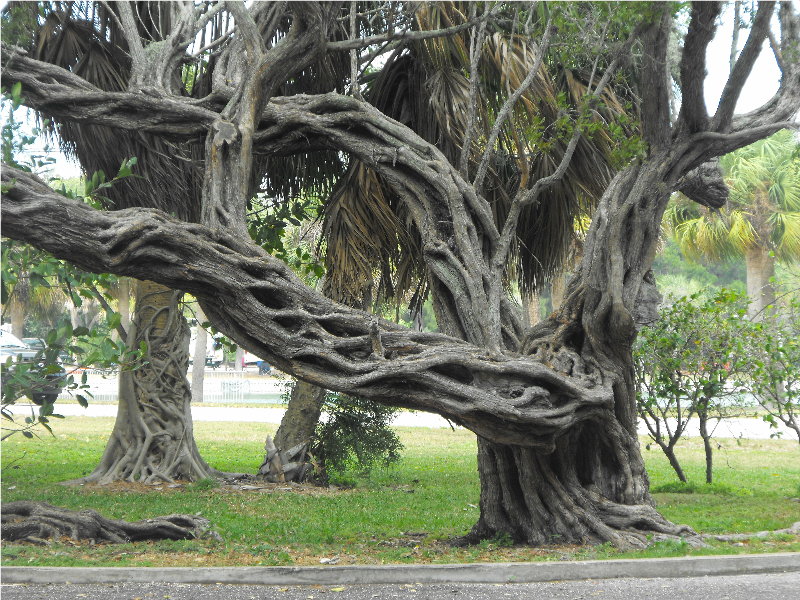Along the Virginia – North Carolina border, near the little town of Damascus, a section of the Appalachian Trail runs out of town over the mountains and through Grayson Highlands State Park. Damascus itself is noteworthy as a resupply station for the Appalachian Trail through hikers. Grayson Highland is an amazing state park with great camping facilities set in a remote setting not too far from I-81. In between the two of them, you’ll find the Virgina Creeper, or maybe you’ll go to do the Creeper and explore Damascus or Grayson Highlands. Either way, give yourself a couple of days in the area to soak it all in.
You can start your hike on the Appalachian Trail approach trail inside Grayson Highland and head up to Mt. Rogers if you are a peak bagger. Mt. Rogers is the highest peak in Virginia and is only few miles away from the parking lot in Grayson Highlands. Expect to see the wild ponies along the way.

From the photo above, you might not guess it, but we were on the trail in August. The temperature was in the mid 60’s and there was a dense fog most of the day. A hurricane had moved up the east coast and although it wasn’t directly affecting our weather, we felt that it was. It also has something to do with the park being at about 4,000 feet above sea level. The horses are quite used to people and came right up to us as if to beg for a snack or to be petted. We gave them no snack but we did rub their backs and scratched their ears a bit. The hike was easy to moderate, however, since we were in the fog and uncertain about sundown we did not make it all the way to Mt. Rogers. Be sure to carry an accurate map and compass as the area between the parking lot is criss crossed with horse trails for riders and hiking trails with somewhat confusing markings. We did alright but we went out of our way on the return trip when we consulted with another group as to which way they had come. I can’t attest to the vistas because of our cloud cover, however, the area was largely a bald or meadow area, thus on a clear day you would have undoubtedly had a great view.
The campground at GHSP is a great car camper park with a variety of sites that can be reserved in advance to suit your camping needs including running water and electricity, or, you may elect a site that does not have electricity. It is a family friendly camping area, where one little boy ran up to us excitedly as we drove in, only to be disappointed when we told him there were no children with us. It is east of Damascus by about 30 miles and will take you the better part of an hour to get there. There is a camp store and bathhouses as shown in the link. You may want to consider checking out the Mount Rogers National Recreation area for some camping in a little less crowded area. The Beartree Recreation Area campground has primitive sites without hookups. Hurricane Campground has sites with tent pads and fire rings.
Along side the road between Damascus and the park, and in fact from Abington, Virginia adjacent Interstate 81 into Damascus and beyond for about 17 miles is the famous Virginia Creeper Trail. Total length of the trail is about 34 miles. We had decided that we would ride the Creeper’s eastern end, downhill from White Top to Damascus on our way home from camping and hiking, but we hadn’t brought bicycles with us. So we stopped along side the road at a rental shop and picked out a couple of mountain bikes to make the ride. An ordinary hybrid would do fine as the trail is well packed cinder that follows the old railroad track at a grade of less than about 7% all the way into Damascus. We budgeted two hours for the 17 miles since we consider our selves experienced cyclists on our road bikes and hybrids. What we didn’t count on was the peaceful beautiful scenery and the glimpse of the past you’ll encounter on this mellow ride.

Because the trail was built for use by steam powered trains trestles were used to eliminate the ups and downs of the valleys and hollows. Stepping to the side of the trail, you will be pleased to see how well maintained the trestles are and will be amazed at the work and ingenuity that went into building the trail decades ago.

Don’t limit yourself to two hours on this trial. Take a couple days and take your time. You’ll find plenty to see, an ice cream store or two, sandwich shops and other “creature comforts” along the way. Best of all, find an older local to talk to. The lady that rented us the bikes we used had lived beside the Creeper all her life. She told us things to look for, like the place she went skinning dipping 65 years ago, that you would never look for on your own. Enjoy.
,
